Unlock Lower Back Relief with This Essential Exercise
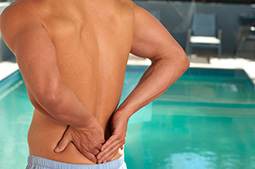
Struggling with severe lower back pain that keeps you confined to your home in downtown Toronto? Wondering whether to seek medical help, call an ambulance, or try back exercises for lower back relief? As a chiropractor with extensive training in sports injury rehabilitation and lower back conditions, plus 18 years of experience, I’ve got a suggestion that might just be the lifeline you need.
The Power of McKenzie Extension Exercises For Lower Back Relief
Among the various exercises for lower back relief, I highly recommend McKenzie Extension Exercises. Developed by a physiotherapist, these exercises are designed to reposition a bulging disc, offering lower back relief from the discomfort it causes. Disc herniations, more common than many realize, range from mild disc bulges to severe disc sequestration.
Cervical Spine Pain Relief: 3 Effective Exercises
Disc Herniation:
Research indicates that disc herniations are surprisingly prevalent, affecting 15% of 15-year-olds and 30% of 30-year-olds, often without symptoms [1-5]. However, as these discs continue to bulge, pain becomes inevitable.
Ultimate Guide to Exercises for Lumbar Herniated Disc Relief 2
Finding Lower Back Relief Through McKenzie Extensions
Evidence supports that McKenzie Extension Exercises effectively reduce disc herniation pressure, providing significant lower back relief [7-10]. If starting these exercises, you might first lie prone before progressing to supporting yourself on your elbows, and eventually to the full McKenzie Extension position, as your pain permits.
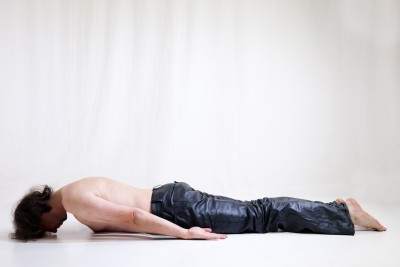
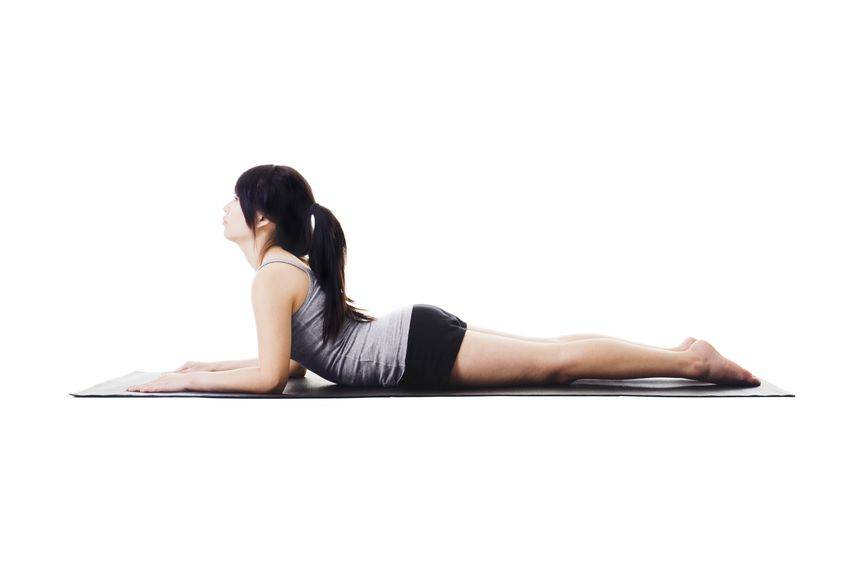
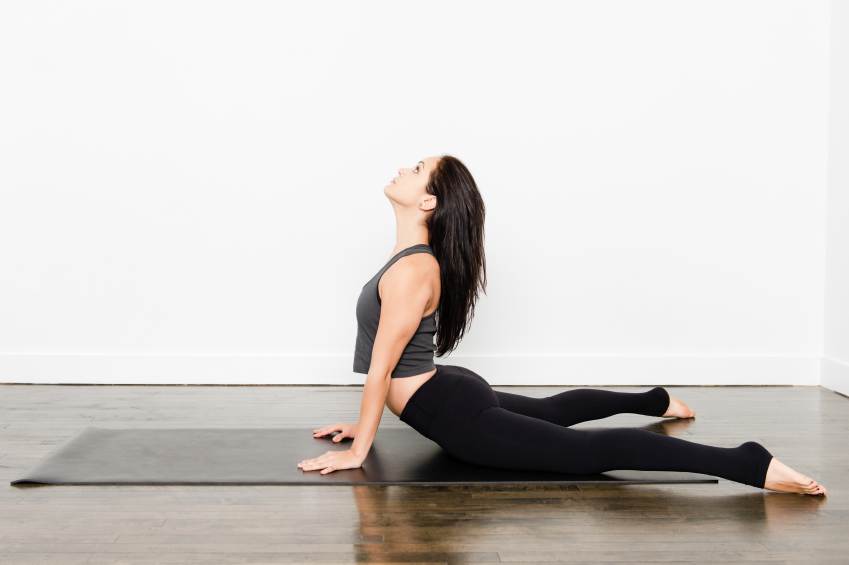
My Strategy for Lower Back Relief
Trapped in my condo with excruciating lower back pain, my go-to solution would be McKenzie Extension Exercises. They’re a practical, non-invasive way to manage pain, based on my professional experience and the latest research.
Important Considerations
It’s crucial to seek help immediately if your lower back pain results from a fall or injury. And remember, while exercises offer lower back relief, they’re part of a broader approach to managing back pain that includes professional consultation.
Join the Conversation
Have thoughts or questions? Drop a comment below or connect with us on Facebook. As your downtown Toronto chiropractor, I’m here to address your concerns and guide you towards effective lower back relief.
Your journey to overcoming lower back pain starts with understanding your options and taking informed steps towards recovery. McKenzie Extension Exercises could be a key component of your path back to mobility and comfort.
Keep in mind if you fall and hurt your lower back you should call for help.
Tell us what you think in the comments below and like us on Facebook. This Toronto Downtown Chiropractor will answer all questions in the comments section.
References
1) Jensen MC, et al. “MRI imaging of the lumbar spine in people without back pain.” N Engl J Med – 1994; 331:369-373
2) Boden SD et al. “Abnormal magnetic resonance scans of the lumbar spine in asymptomatic subjects: A prospective investigation.” J Bone Joint Surg Am 1990; 72A:403-408
3) Weishaupt D et al. “MRI of the lumbar spine: Prevalence of intervertebral disc extrusion and sequestration, nerve root compression and plate abnormalities, and osteoarthritis of the facet joints in Asymptomatic Volunteers.” Radiology – 1998; 209:661-666
4) Boos N, et al. “1995 Volvo Award in clinical science: The diagnostic accuracy of MRI, work perception, and psychosocial factors in identifying symptomatic disc herniations.” Spine – 1995; 20:2613-2625
5) Powell MC, et al. “Prevalence of lumbar disc degeneration observed by magnetic resonance in symptomless women.” Lancer – 1986; 2:1366-7
6) Boos N, et al. “Natural history of individuals with asymptomatic disc abnormalities in MRI: Predictors of low back pain-related medical consultation and work incapacity.” Spine 2000; 25:1484
7) Scannell*, J.P., McGill, S.M. (2009) Disc prolapse: Evidence of reversal with repeated extension. SPINE, 34(4): 344-350. (This is for a cervical spine)
8) Stuart McGill: Low Back Disorders-Evidence Based Prevention & Rehabilitation: 193-194
9) Fact and Fiction of Disc Reduction: A Literature Review http://www.shelbournephysio.ca/images/uploads/79/discreduction.pdf
10) Effects of backward bending on lumbar intervertebral discs. Relevance to physical therapy treatments for low back pain.Spine (Phila Pa 1976). 2000 Feb 15;25(4):431-7; discussion 438. http://www.ncbi.nlm.nih.gov/pubmed/10707387



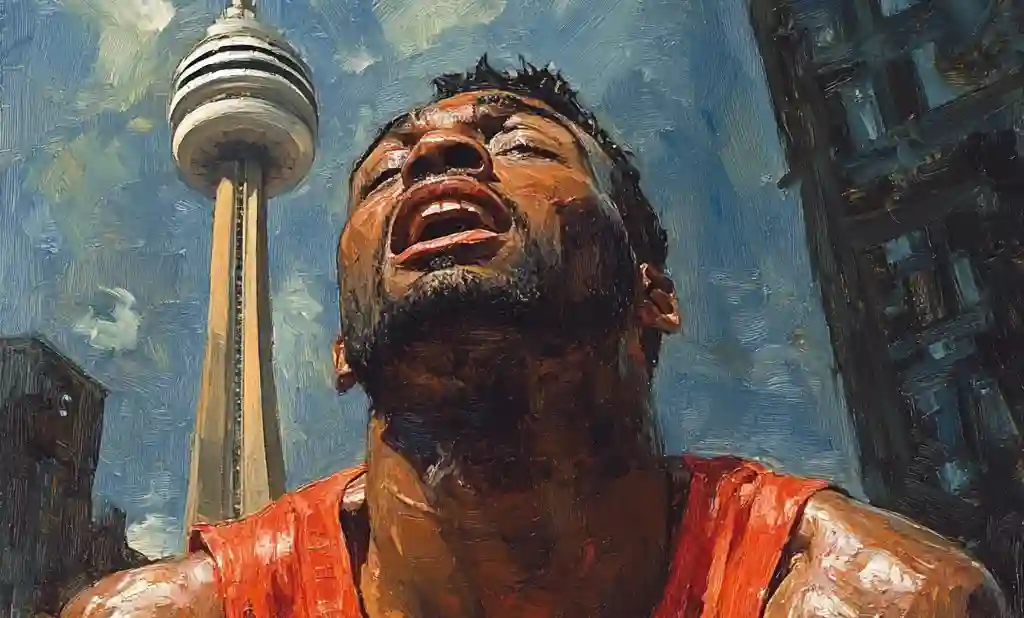
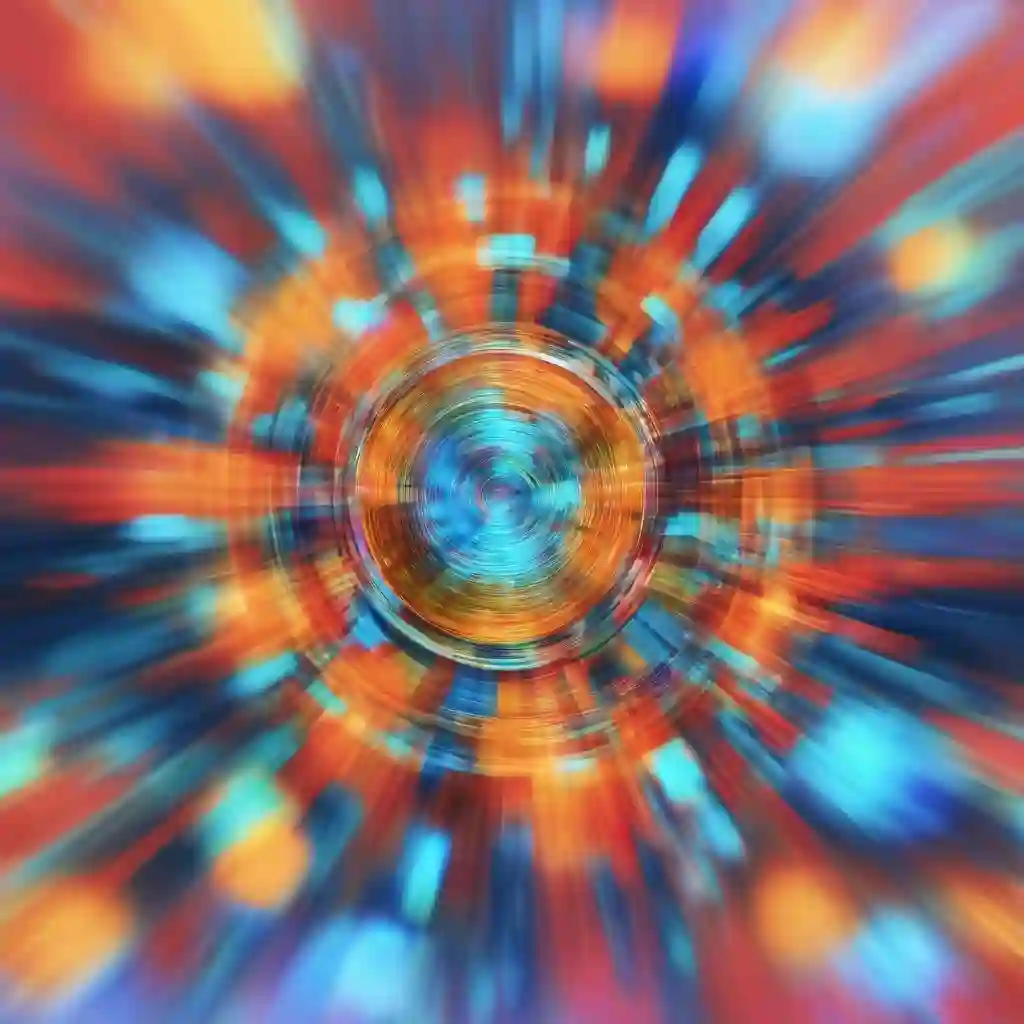
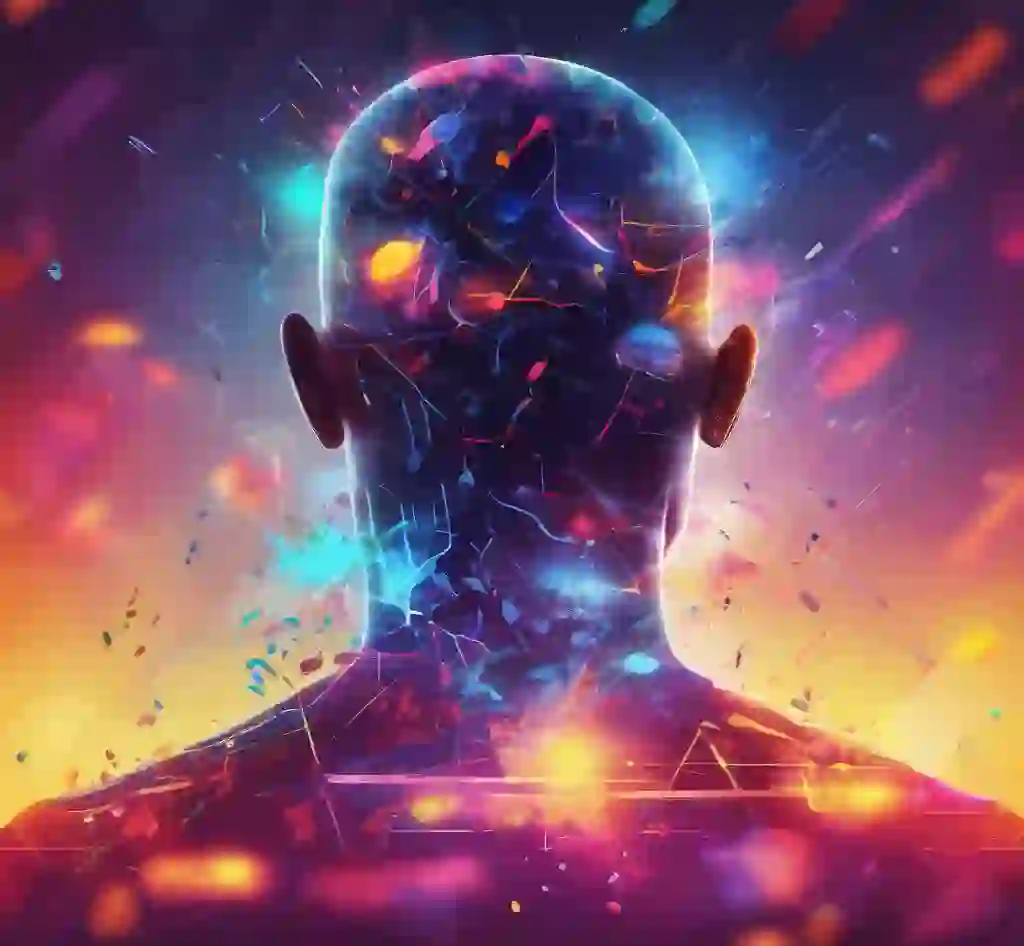
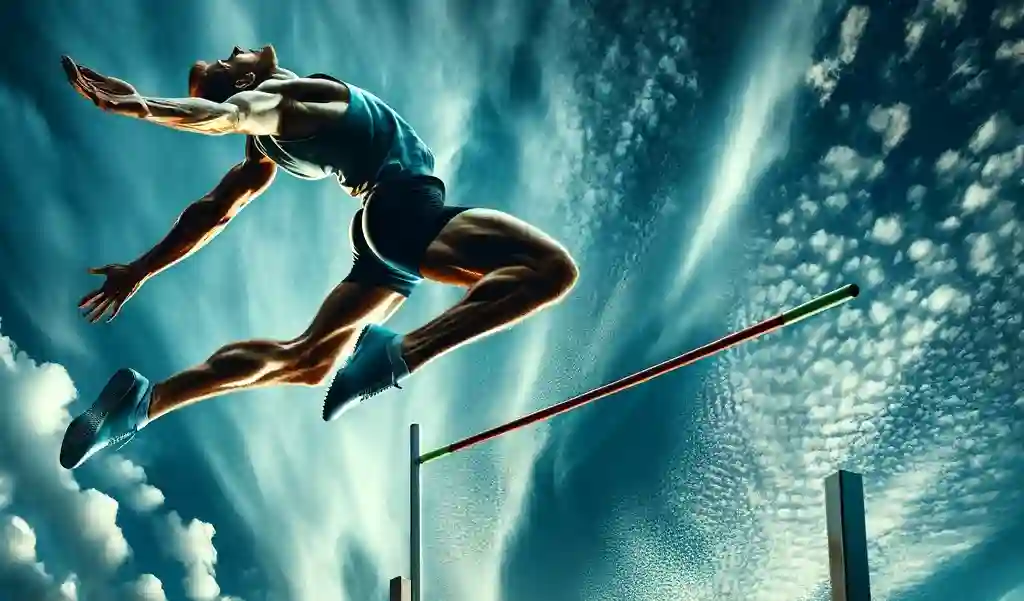
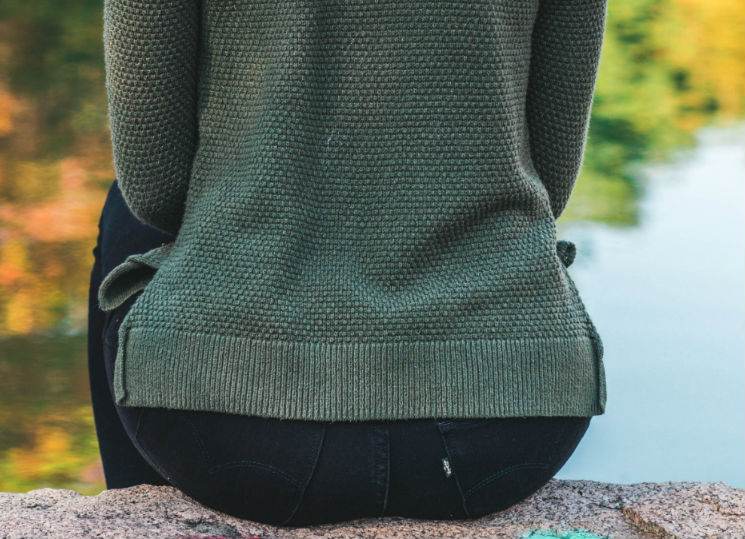
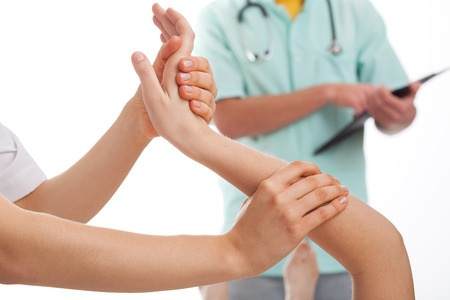
Dr Nakamura ,
i have problem with L4 L5&S1 nurbes are punched as per MRI report
i am doing that you show four exercise only in morning & also doing 5 minutes Aero cycling , i want to know that can i continue cycling is it good for my problems or discontinue it pls reply
Dr. Nakamura,
I saw the Neurosurgeon yesterday. He said surgery would be advised but is OK with me waiting things out.
I spoke to a chiropractor today about something I had not hear of before. What your thoughts on Cox Flexion Distraction Therapy? He suggested I see him for this therapy, in combination with McKenzie therapy.
Thank you in advance,
Phil
Hello,
I had an MRI done on March 12, 2014 for low back pain. My physiatrist requested it, as I have had increasing burning down my left leg. After seeing my MRI my physiatrist told me to see a neurosurgeon, which I am planning to do on Monday.
I am copying you my MRI report below in case you can tell me if the McKenzie exercises are an option for me, and if you’ve ever seen non-surgical solutions work for patients with my level of disc protrusion/etc, to recover using natural means, perhaps including McKenzie exercises.
I am hoping to avoid surgery. I live in Virginia/USA. I’m 42 yrs old, 175 lbs, pretty good health, though I need to exercise. I’m right handed.
This whole situation was not started with a specific incident, rather, it came upon me gradually, starting with what seemed like an extremely tight left hamstring that would not release. Over time it seemed to spread to my left buttock, calf, and back of leg, and ankle, yielding very high pain, for which I’ve been given pain medication, and also Neurontin and Diclofenac. If I am on my feet, I feel tingling down my left leg. If I lay down, it gets better but does not go away 100%.
My MRI report:
EXAM: MRI L SPINE W/O CON
INDICATION: Increasing low back pain for 10 weeks.
COMPARSION: None
TECHNIQUE: Sagittal T1, T2, STIR and axial T1 and T2 MRI of the lumbar spine.
CONTRAST: None
FINDINGS:
Alignment within normal limits
Bone marrow within normal limits. No bone marrow edema or marrow replacing process. No compression deformity.
Disc signal: Mild disc desiccation at L4-5 and L5-S1. No evidence of discitis.
Conus medullaris termination: L2
Spinal Cord: Normal signal and calibre.
Paraspinal soft tissues: Within normal limits.
T12-L1, L1-L2, L2-L3, L3-L4: No herniation or stenosis
L4-L5: Diffuse disc bulge. No stenosis.
L5-S1: Left central disc protrusion measures 17mm at its base and extends 9mm dorsally. Mass effect on the descending left S1 nerve in the subarticular zone. Displacement of the left S2 and S3 nerves. Mild central spinal canal stenosis.
IIMPRESSION:
L5-S1 left central disc protrusion likely affects the descending left sacral nerves.
Also, my most noticeable MRI image of this bulge is at https://scontent-a-sjc.xx.fbcdn.net/hphotos-ash3/t1.0-9/10155180_10202499337377798_513397827_n.jpg on facebook.
I thank you for taking the time to look at these results and share your thoughts with me.
Phil Monk
Thank you very much for taking the time to share your input. Blessings to you,
Phil